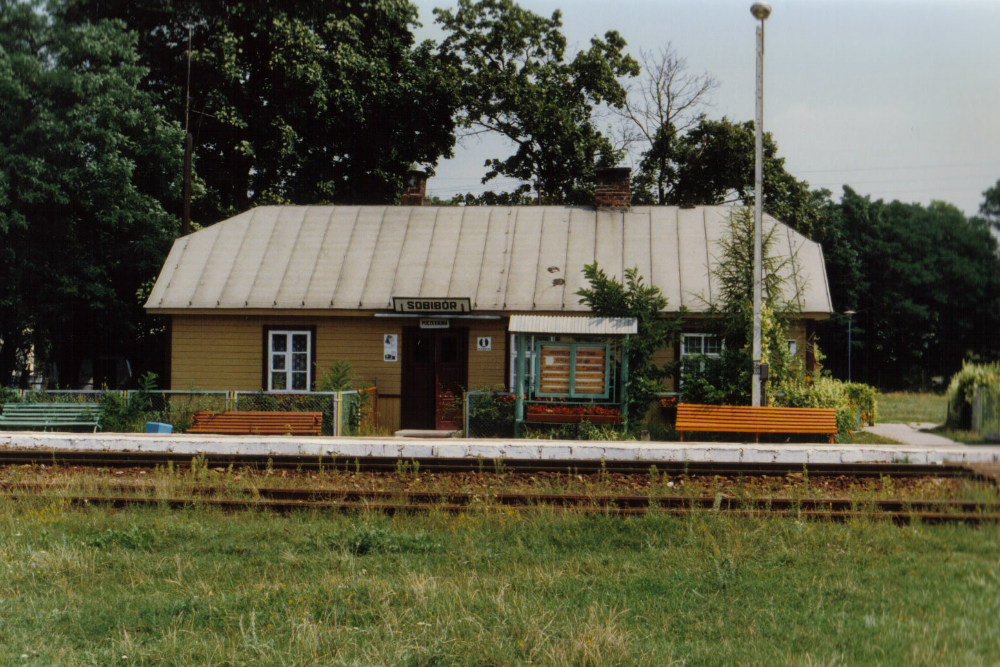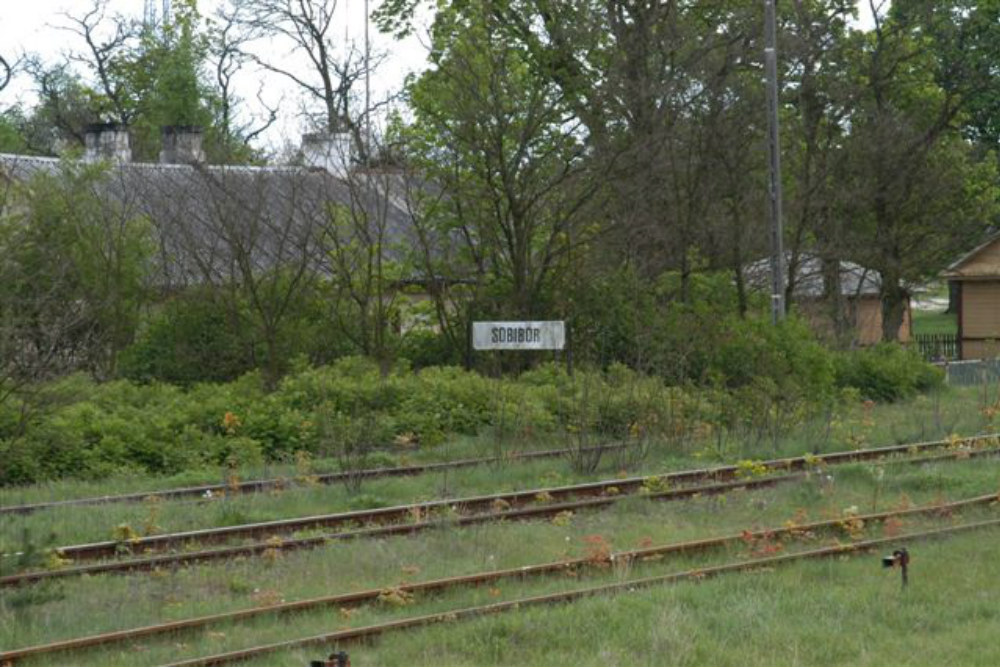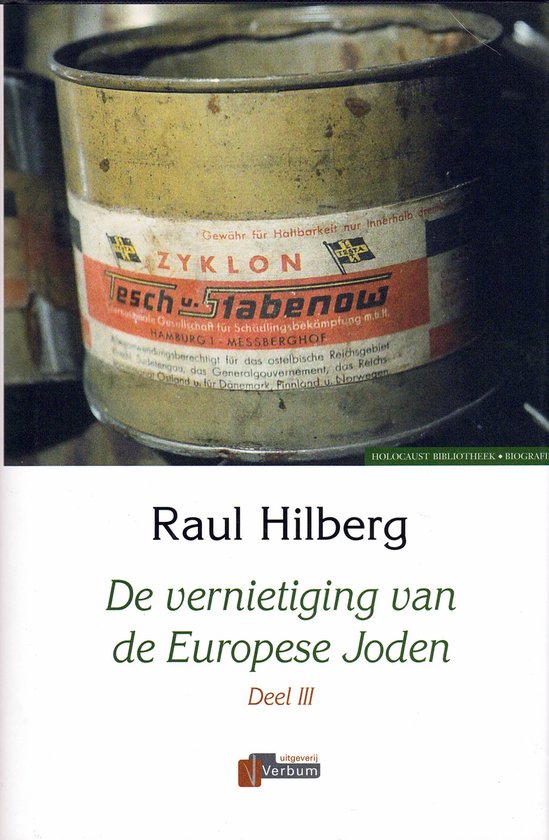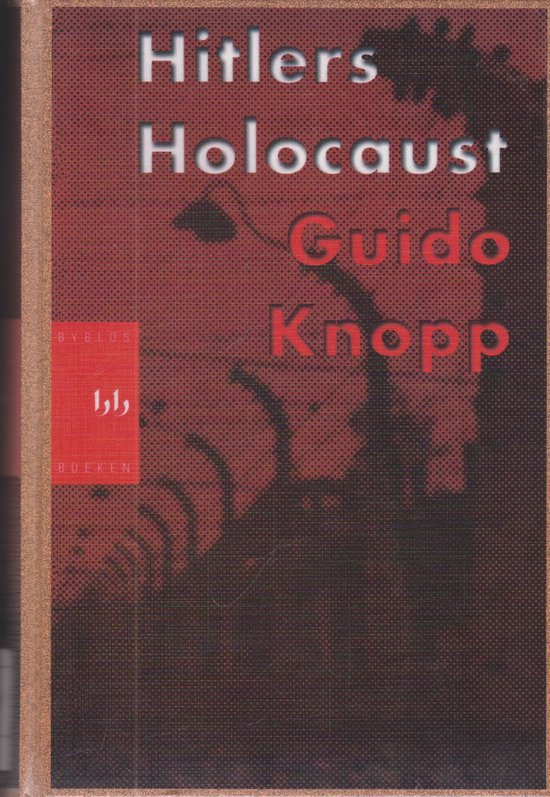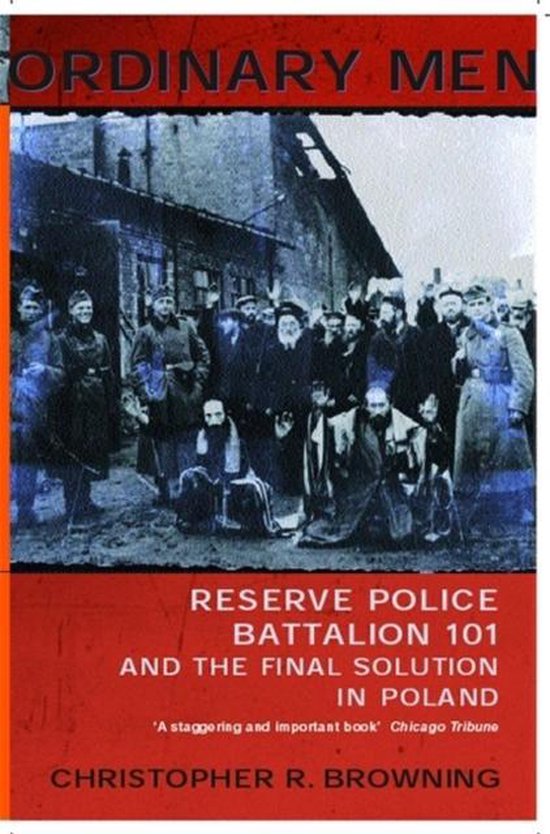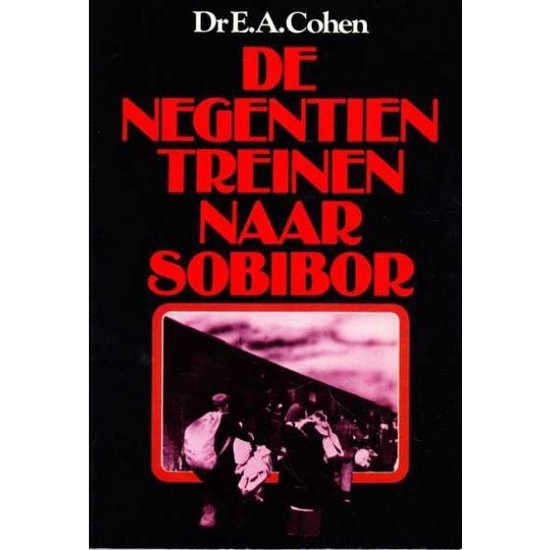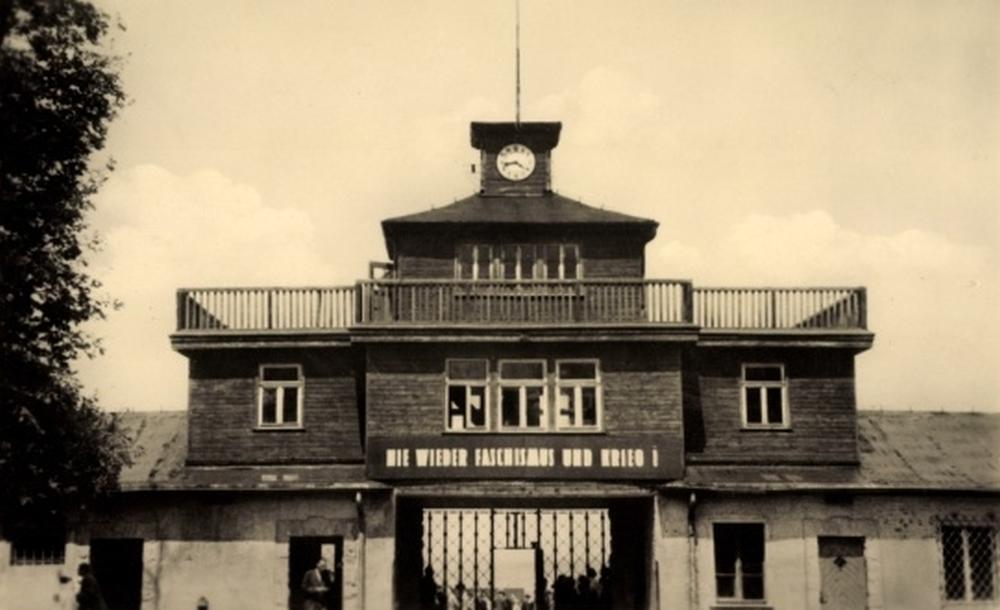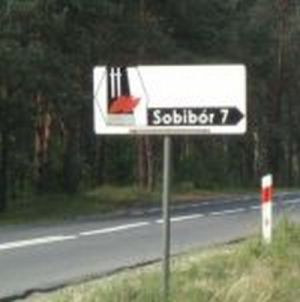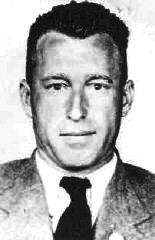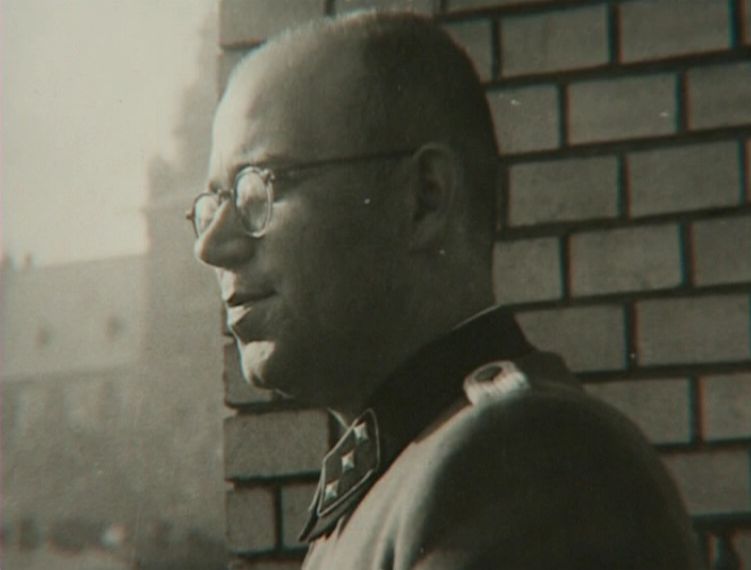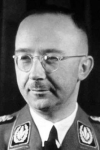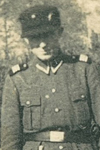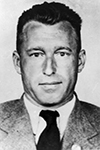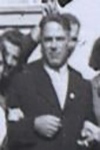Extermination Camp Sobibor
The Sobibor extermination camp was in use from April 1942 to October 1943 and was situated on the Chelm-Wlodawa railway line in eastern Poland. Together with the camps Belzec and Treblinka, also located in Poland, Sobibor formed the heart of the Aktion Reinhard, the plan of the Nazis to kill as many Jews as possible by gassing in the shortest possible time. Combustion engines were used in the extermination camps of the Aktion Reinhard. The exhaust gases from these engines were directly released into the gas chambers. At least 170,000 Jews from various European countries died in Sobibor from carbon monoxide poisoning. More than 33,000 of them originated from the Netherlands.
In 1943 a resistance group was established by Jewish prisoners. On the 14th of October, 1943, this resistance group organized a revolt. After first secretly killing several SS men, the Jews fought their way out en masse. During this rebellion, approximately 300 people of the 600 inmates succeeded to escape from the camp. Most of those were killed during the following manhunt by the Germans. End the end of the war there were only 47 survivors, including two Dutch women.
After the uprising of October 14, Reichsführer-SS Heinrich Himmler ordered to immediately close the camp and to demolish it. It was for the Nazis top priority to destroy all evidence of the camp, especially as direct eyewitnesses "walked" freely through the forests of Poland. Trees were planted on much of the vacated site. With the planting of these trees, the Nazis tried to hide all possible traces of the mass extermination.
In the sixties, twenty years after the closure of the camp, it was decided that a monument should be erected in Sobibor. This monument consisted of a Polish memorial text - which turned out to be historically incorrect - two works of art and a symbolic ash hill. In the years that followed, there was little interest in Sobibor both inside and outside Poland. The place was deserted and overgrown with weeds. There were little to no visitors.
It was Thomas Blatt, a Polish-Jewish survivor of Sobibor, who made an effort to make Sobibor a worthy memorial site. In 1993 this led, among other things, to the opening of a small museum. A new, historically more accurate memorial text was also published in eight languages. Ten years later, on October 14, 2003, exactly sixty years after the uprising, the memorial lane site was officially opened on the grounds of Sobibor. This avenue is located where the Himmelfahrtstrasse may have walked, the camouflaged path on which the victims were driven naked to the gas chambers. Relatives can have a stone placed on the memorial lane as an individual memorial for the victims of Sobibor. More than 250 stones from different countries have been placed there.
The new museum in Sobibor opened 14 October 2023, exactly 80 years after the uprising. The museum also includes an open-air section where the remains of the gas chamber have been excavated.
For current visiting hours, please visit the website of the museum.
Do you have more information about this location? Inform us!
Source
- Text: Frank van der Elst
- Photos: Felix Dalberger (1, 2), Frank van der Elst (3, 4, 5)
